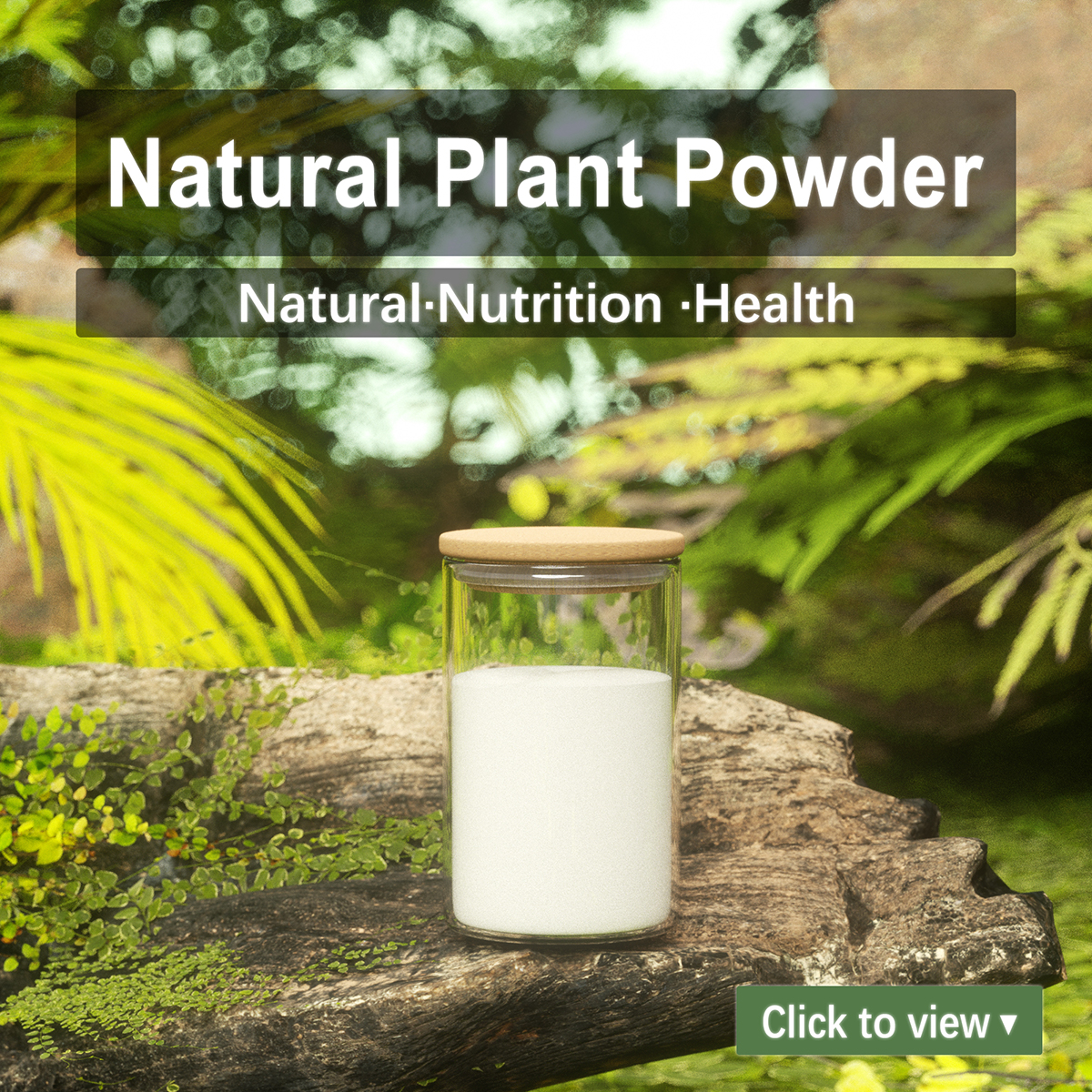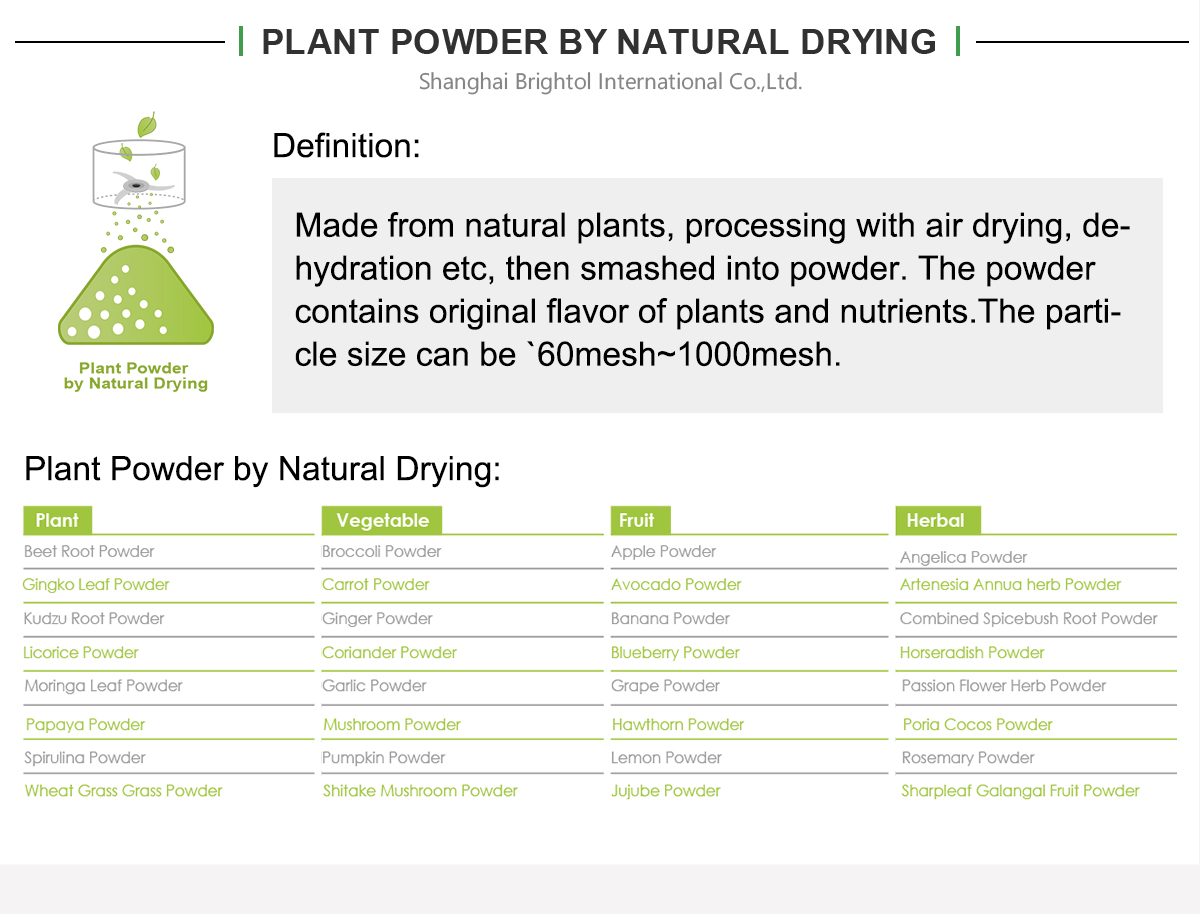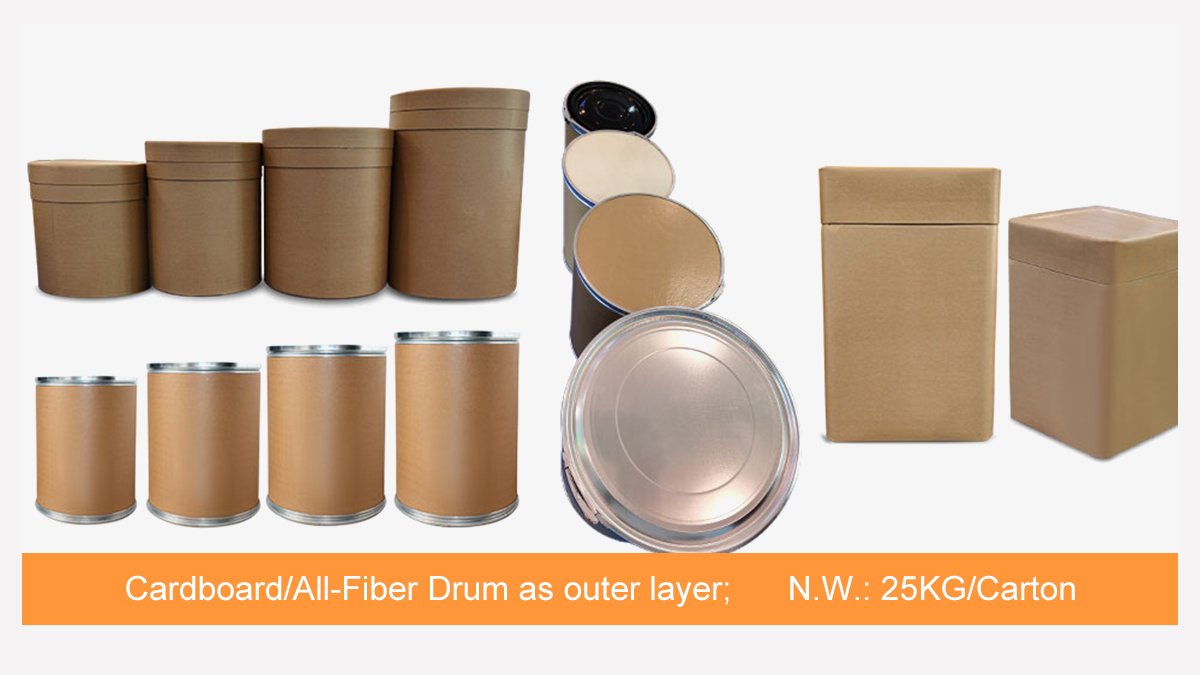

1. Truffle perhaps nutritionally unimportant mushrooms for they used in very limited amounts as food.
2. Nonetheless, this flavorful forest mushroom add distinctive sensory qualities to the food, and thus, contributes to the enrichment of its nutritional value.
3. Truffle's aroma comes from certain volatile organic compounds (VOC's) like aromatic hydrocarbons, phenols, sulphur compounds, and terpenes.
4. Some of the organic aromatic compounds are methy propanol, methylbutanal acetaldehyde, butanedione (buttery), and bis-(methylthio) methane (garlic-like) which give truffle .
5. Black truffles were described in the traditional medicines to be an aphrodisiac.
6. Truffles also contain good amounts of easily digestible natural proteins.
7. They add some minerals and vitamins, albeit in minute quantities to the food.

 Description
Description
Truffles are quite unique that separates them from other common fungi. Truffle has a rounded, below the earth fruiting body that can be lobed, with shallow to deep furrows and has yellowish, tan to dark brown skin. The interior is solid, white, marble-like in white species, and black in black species with narrow, white veins that tend to radiate from the base. Mature specimens possess a pungent, and rich aroma.
Several species of tuber (truffle) mushrooms are found naturally in the dense forests of the Northern Hemisphere, especially Italy, the Balkans, and France.
The black perigord (French black) truffle (Tuber melanosporum) is mainly found in the wooden forests of Southern Europe. They feature a mottling pattern with streaks of white veins. They are the most sought after by chefs all over the world for their very aromatic flesh.Other important black species are black summer truffle (T. aestivum) and Burgundy truffles (T. uncinatum) are also prized for their culinary values.
The white truffles (T. magnatum) are the largest truffles and found in Northern Italy. White truffles are also highly accoladed by the chefs for their powerful fragrance likened to mold, garlic, and the smell of cheese.
Health Benefits
1. Truffle perhaps nutritionally unimportant mushrooms for they used in very limited amounts as food.
2. Nonetheless, this flavorful forest mushroom add distinctive sensory qualities to the food, and thus, contributes to the enrichment of its nutritional value.
3. Truffle's aroma comes from certain volatile organic compounds (VOC's) like aromatic hydrocarbons, phenols, sulphur compounds, and terpenes.
4. Some of the organic aromatic compounds are methy propanol, methylbutanal acetaldehyde, butanedione (buttery), and bis-(methylthio) methane (garlic-like) which give truffle .
5. Black truffles were described in the traditional medicines to be an aphrodisiac.
6. Truffles also contain good amounts of easily digestible natural proteins.
7. They add some minerals and vitamins, albeit in minute quantities to the food.









